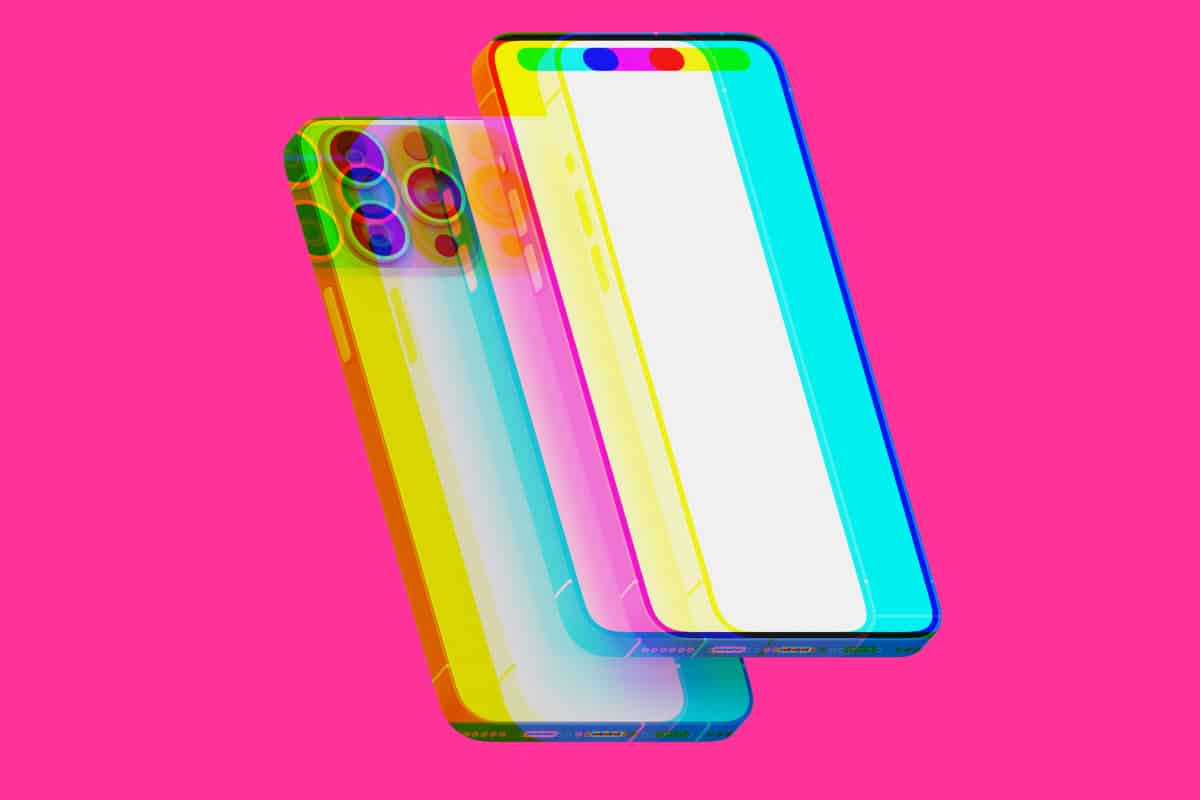Apple’s iPhone 16 to Feature Slimmer Bezels with BRS Technology, Enhancing Display Aesthetics
Key Takeaways
- Apple plans to implement BRS (Border Reduction Structure) technology in the iPhone 16 to reduce bezel size, primarily focusing on the bottom bezel.
- Previous attempts to minimize bottom bezels faced heating issues, but advancements in heat control technologies have made it feasible.
- Display suppliers like Samsung, LG, and BOE have secured the technology and are expected to implement it in upcoming iPhone models.
- iPhone 16 and iPhone 16 Plus are anticipated to retain the same displays as iPhone 15, while iPhone 16 Pro and iPhone 16 Pro Max might feature slightly larger displays.
- Efforts to embed the front-facing camera under the display have been delayed, with UDC (Under Display Camera) technology postponing its release possibly until 2026 or beyond.
Apple is set to take a significant step forward in enhancing the display aesthetics of its upcoming iPhone 16 lineup by implementing BRS (Border Reduction Structure) technology. This innovative approach aims to reduce the bezel size, particularly focusing on the bottom bezel, which has been a challenging area to minimize in previous iPhone generations.
The adoption of BRS technology is crucial for Apple as it strives to provide users with an immersive viewing experience by maximizing the screen-to-body ratio. By rolling up the copper wiring at the bottom of the display panel, BRS technology enables the creation of an ultra-thin border, resulting in a sleeker and more modern design.
The Biggest Difference From Previous iPhone Models
In the past, attempts to reduce bottom bezels faced obstacles due to heating issues. However, recent advancements in heat control technologies have made it possible for Apple to implement BRS technology in the iPhone 16.
Minsoo Kang, a senior researcher at Omdia, says, “Apple wants to change the shape of the display again by hiding the camera or Face ID behind the display, but the UDC technology is being delayed. It was originally planned for release this year but has been postponed to next year, and now it may be delayed until 2026 or even beyond 2027.”
SOURCE
Leading display suppliers, including Samsung, LG, and BOE, have already secured BRS technology and are poised to integrate it into the upcoming iPhone models.
The Bottom Line: The Bezel-Less iPhone is Still A Ways Off Yet…
While the iPhone 16 and iPhone 16 Plus are expected to retain the same displays as their iPhone 15 counterparts, rumors suggest that the iPhone 16 Pro and iPhone 16 Pro Max might boast slightly larger displays.
This increase in display size, coupled with the reduced bezels, will undoubtedly enhance the visual appeal and user experience of Apple’s flagship devices.
However, Apple’s ambitions to push the boundaries of display technology have encountered some setbacks. The company’s efforts to embed the front-facing camera under the display, known as UDC (Under Display Camera) technology, have been delayed.
Initial plans to introduce this feature in the iPhone 16 have been pushed back, with UDC technology now expected to debut in 2026 or later.
The delay in UDC technology has implications for Apple’s plans to modify the display shape by concealing the camera or Face ID components behind the display. According to a senior researcher at Omdia, the UDC technology delay might extend beyond 2027, indicating that users may have to wait longer for a truly bezel-less iPhone experience.


